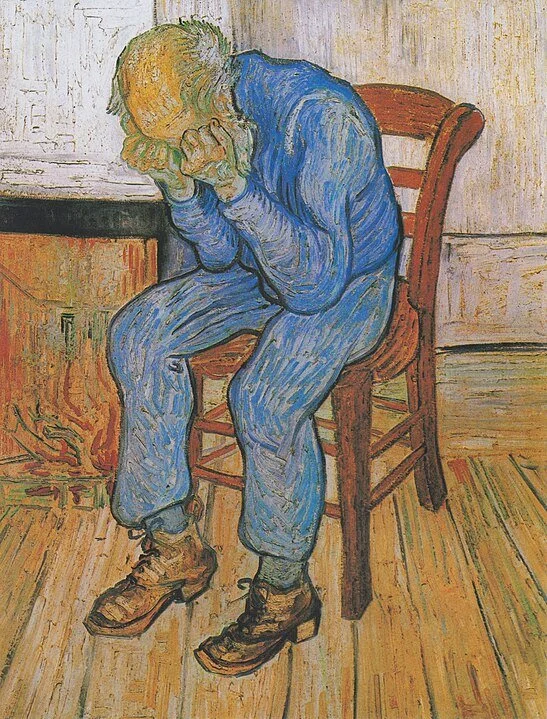Filtered by Category: Litigation
![Jury Strategies]()
Everyone is different, and there is no secret to persuading any individual person. But in general, people respond to messages tailored to them. And so a good presentation to a jury often involves speaking directly to them. This means eye contact with the jury, and it means speaking towards the jury.
Read More
![Anti-SLAPP Statutes]()
Anti-SLAPP statutes do not apply to every lawsuit involving speech. Instead, just as the right to free speech has exceptions for commercial speech, these statutes do, too.
Read More
![Finding Good Cases]()
A trial court decision from the relevant trial court can be useful, especially since these are even more numerous and thus more likely to have cases with similar facts. This is especially true if you need case law on issues that people may not frequently appeal, such as some kinds of discovery disputes or minor matters. Trial court decisions, however, may be even more helpful since they may themselves cite helpful appellate decisions that some other lawyer or court personnel found that may not have appeared in your search.
Read More
![Opening Statements]()
A major challenge in an opening statement is setting the right tone. The lawyer should earn the fact finder’s trust and seem credible, since he or she is asking the jury to see the case the same way that they do. Doing this requires some confidence, but not too much confidence that the jury is put off. The lawyer must also explain the facts, but not go so far into detail that the statement is dry or boring.
Read More
![Demonstratives]()
A prime use of a demonstrative is to emphasize an important piece of evidence. If there is a written confession or a damning quote, showing it to the audience may make it harder to ignore than just describing it. And if there is a photograph that makes it easier for the audience to truly understand the facts, showing it may be easier than describing the scene alone.
Read More
![Disputes with Clients]()
Many client disputes arise because the client’s expectations were not met. And one way to address this is for a lawyer to frequently advise a client on what to expect. This means both frequently communicating with the client, and giving the client notice of the likely, and even some unlikely, things that can take place. Litigation is unpredictable, and while it is impossible for a lawyer to tell a client how a case will proceed, it is helpful for a lawyer to share as much as possible to keep a client from surprises.
Read More
![Local Rules and Individual Practices]()
Local rules often provide rules about the formatting of documents (like what fonts and spacing and margins are acceptable) and page limits. They may also require things like tables of contents, additional filings that explain other filings, or specific statements to be made in filings. For example, many federal courts have a local rule 56.1 that requires a statement be made in connection with a motion for summary judgment that sets forth the undisputed facts.
Read More
![Filing Under Seal]()
Even after a litigant files documents under seal, another litigant may ask the court to lift the seal, arguing that the need to protect the documents is no longer substantial enough to prevent public access.
Read More
![Going to Court Without a Lawyer]()
In recognition of that, judges frequently give pro se parties extra flexibility with the rules. This makes litigation more frustrating for a represented party, but judges recognize that it may be too demanding to require a pro se party to perfectly comply with the rules.
Read More
![Taking it Personally]()
Lastly, not all arguments in litigation are resolved through legal research and case citations. Many day-to-day disputes are argued by claiming that one position is unreasonable or that it is so unusual that another lawyer is surprised the other lawyer would even think to assert it. These arguments imply that the other lawyer is bad at their job; that they are acting unreasonably or so outside of the accepted bounds of the profession that the other side is genuinely surprised
Read More
![Wrongful Death Claims]()
Separate from the criminal law associated with death, plaintiffs can bring civil litigation claims against defendants, alleging that they caused the death of another person and seek damages to compensate for the loss. While this may sound duplicative of the criminal law process, it operates somewhat differently. The procedure is more similar to a traditional business dispute, although with the drama and distress that comes with the loss of life.
Read More
![Emotional Distress]()
Successful plaintiffs often present testimony and evidence about the distress they suffered. This may include evidence that the plaintiff sought professional help for the emotional distress or the testimony of witnesses who observed a demonstrable change in behavior. Some present expert witnesses that can describe the suffering that a plaintiff may feel in a specific situation.
Read More











